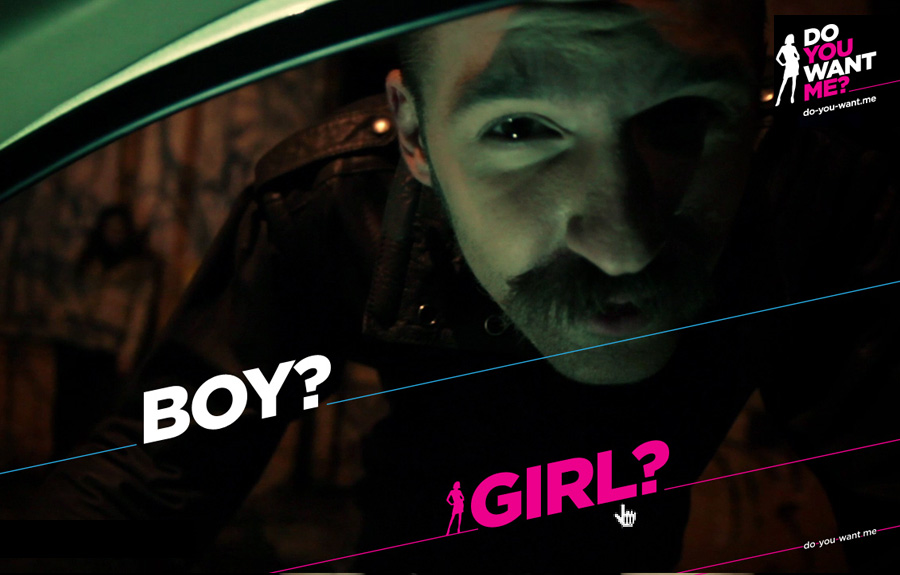The Lost Boys and Invisible Pimps of Underage Prostitution

As has been discussed a million times at Tits and Sass there are very few statistics about actual accounts of child sex trafficking. There is however a shockingly high rate of ignorant and misguided moral crusaders equating consensual adult sex work with sex trafficking of children, and using unfounded numbers about child sex trafficking to discredit adult sex workers. Though we here try to discourage such lazy notions because of the increased violence and stigmatization it creates for our work, most mainstream media outlets still publish scandalous statistics on sex trafficking based on little to no science and applaud the efforts of popstars and religious zealots who continue to site said statistics.
It’s incredibly hard to accurately determine the number of underage sex workers and the accompanying details of their life. Nonetheless, researchers Ric Curtis and Meredith Dank decided to tackle this issue head on in New York, by interviewing prostitutes under the age of 18 and then using scientific algorithms to extrapolate total numbers of child-aged sex workers as well as learn characteristics of that population. Lost Boys: New Research Demolishes Stereotype of Underage Sex Worker recently published by SFWeekly* explores the findings of the John Jay study and the unsavory response to their results from non-profits, media, police, and legislators.
The researchers surprised themselves and others by strongly disproving the mythologized child prostitute trope: a tween girl whose every move is dictated by a malicious pimp. Instead, this new data paints a different picture starting with gender. Actually 45 percent of kids who sell sex for money are boys. The average age these younger sex workers start working is not a prepubescent eleven or twelve but fifteen, and only 10 percent were involved with a pimp or madam. Finally, almost all of the youths, 95 percent of them, said they sold sex for money because it was the most stable and sure way to support themselves. The study asserts that the total number of teen sex workers in New York is 3,946.



